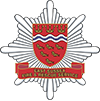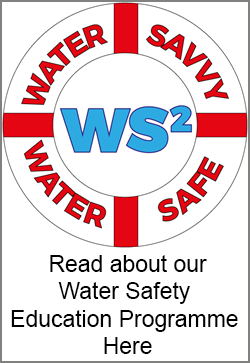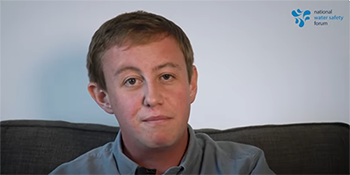Drowning is a leading cause of accidental death in the UK and we work with partner agencies to keep everyone safe around water.
Drownings can happen quickly and without warning and can have a devastating impact.
Although many people will survive they can be left with life-changing injuries.
Here are some resources that can be accessed to reduce drowning risk
Enjoy being near the water but be aware of the risks
- If you are going out on your own, let someone know where you are going and when you are coming back.
- Obey any warning or safety signs.
- Look out for trip or slip hazards around water and stick to proper pathways.
- Remember river banks and cliff edges may be unstable and give way.
- Don’t fool around near water, especially if you have been drinking – look out for each other and raise the alarm if you see someone in trouble.
- The RNLI advises you to "Float to Live" if you do fall in - floating to give your body time to get over "cold water shock" which can make you breathe in water
What to do if someone falls into deep water
Call for help – straight away. Call 999.
- The emergency services will need to know where you are.
Accurate information can save precious minutes. If you have a smartphone with location services or maps this can help. If not, look around for any landmarks or signs – for example, bridges may have numbers on them which can identify their location.You can also use the What3Words app which gives a unique set of three words to help us find you - Don’t hang up – stay on the line but try and continue to help the person if you can.
- When you have made the call shout for help from anyone who might be close by.
- Human nature says you are likely to want to attempt to help while rescue services are on their way. Never enter the water to try to save someone. This usually ends up adding to the problem.
If you go into the water you are likely to suffer from cold water shock which will leave you unable to help even if you are a strong swimmer. - Can the person help themselves? Shout to them ‘Swim to me’. The water can be disorientating and this can give them a focus. Keep any instructions short clear and loud. Don’t shout instructions using different words each time.
- Look around for any lifesaving equipment there might be lifebelts or throw bags – use them. If they are attached to a rope make sure you have secured or are holding the end of the rope so you can pull them in.
- If there is no lifesaving equipment look at what else you can use even an item such as a ball can help.
- If you manage to get the person out of the water they will always need medical attention – even if they seem fine.
Drowning can occur at a later stage if water has already entered the lungs.
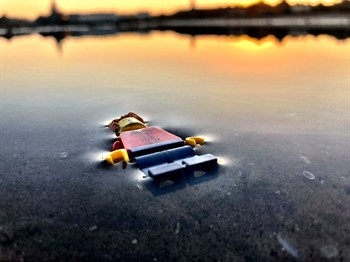
Be water aware...
- Anglers
- Beach safety
- Boat Safety
- Dog Walking
- Don’t Drink and Drown
- Ice Safety
- Open water swimming
- Stay off the mud
- Walkers and Runners
Daniel's Story

Read about Daniel and watch a video about his lucky escape.
Robbie's Story
"Dad’s die, but they aren’t meant to drown" See Robbie's story
How to use a defib
Learning how to use a defib can save lives. Find out more from Defibrillator buying guides | BHF Defibrillators.
Working with partners
We have a statutory duty to identify and respond to risk within our communities by helping to keep people safe.
Know your beach flags!
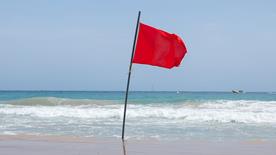
Red Beach Flag
Danger! Never go into the water under any circumstances when the red flag is flying.
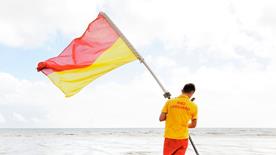
Red and yellow beach flag
This shows the lifeguarded area and is the safest place to swim and bodyboard.
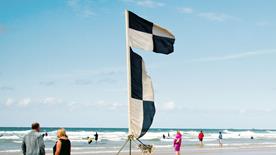
Black and white chequered beach flag
For surfboards, stand-up paddleboards, kayaks and other non-powered craft. Launch and recovery area for kitesurfers and windsurfers. Never swim or bodyboard here.

Orange windsock
Indicates offshore or strong wind conditions. Never use inflatables when the windsock is flying.
